What is a No-Till Planter?
A No-Till Planter is an agricultural machine designed to plant seeds directly into the soil without prior tilling. This method reduces soil erosion, conserves moisture, and enhances soil health.
Key Features of No-Till Planters
- Seed Placement: Directly plants seeds into undisturbed soil.
- Residue Management: Handles crop residues from previous harvests.
- Soil Conservation: Minimizes soil disturbance, preserving its structure.
Benefits of No-Till Planting
- Erosion Control: Prevents soil erosion by maintaining ground cover.
- Water Conservation: Enhances water retention by reducing runoff.
- Improved Soil Health: Promotes beneficial soil organisms and organic matter.
How No-Till Planter Works
- Preparation: Residues are managed to ensure smooth operation.
- Planting: Seeds are placed directly into the soil.
- Covering: Soil covers the seeds, ensuring contact and germination.
By adopting no-till planting, farmers can achieve sustainable agriculture, improving crop yields and reducing environmental impact.
What is a No-Till Planter Used For?
A no-till planter is used for planting seeds directly into the soil without prior tilling. This method helps preserve soil structure, reduce erosion, and maintain moisture levels.
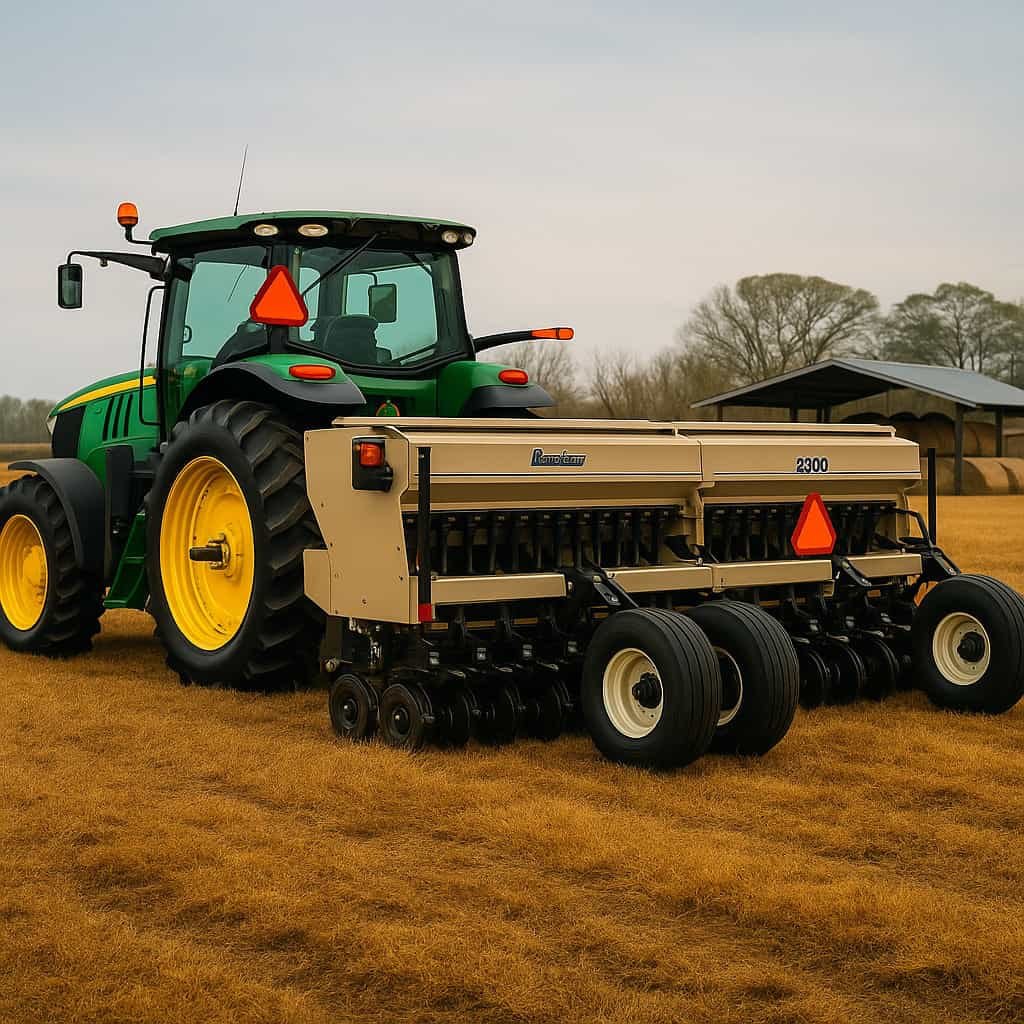
Key Benefits of No-Till Planters
- Soil Preservation: Reduces soil disruption, maintaining natural soil layers.
- Erosion Control: Minimizes soil erosion by protecting the soil surface.
- Water Retention: Keeps more moisture in the soil, beneficial for crop growth.
- Reduced Labor: Less field preparation is required, saving time and labor.
How No-Till Planters Work
- Seed Placement: The planter cuts through crop residue and soil to place seeds at the correct depth.
- Soil Contact: The seed is placed in direct contact with the soil, ensuring proper germination.
- Minimal Disturbance: The soil around the seed is minimally disturbed, promoting a healthier environment for plant growth.
Conclusion
No-till planters offer a sustainable farming solution by enhancing soil health, reducing erosion, and conserving water, making them a valuable tool for modern agriculture.
What is the difference between no-till and till planters?
No-till planters plant seeds without disturbing the soil, preserving soil structure and moisture. Till planters, on the other hand, first break up and turn over the soil before planting, which can help control weeds but may increase soil erosion.
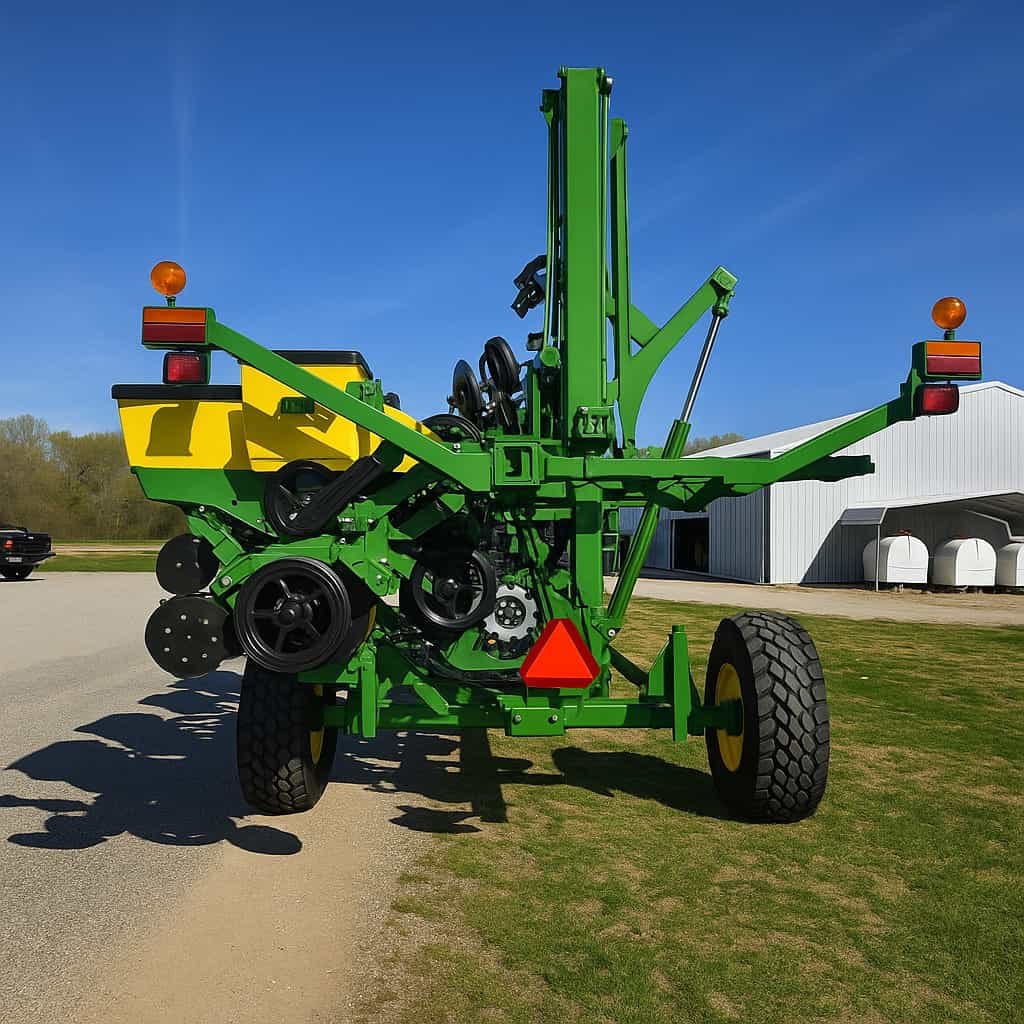
Key Differences
- Soil Disturbance:
- No-Till Planters: Minimal soil disturbance, preserving soil integrity.
- Till Planters: Significant soil disturbance, breaking up soil for planting.
- Soil Health:
- No-Till Planters: Better for soil health, maintaining natural soil ecosystems.
- Till Planters: Can lead to soil erosion and loss of organic matter.
- Weed Control:
- No-Till Planters: Relies more on cover crops and herbicides.
- Till Planters: Physically disrupts weeds, reducing reliance on chemicals.
- Moisture Retention:
- No-Till Planters: Retains soil moisture better due to less disturbance.
- Till Planters: May cause moisture loss through increased evaporation.
Conclusion
Choosing between no-till and till planters depends on specific agricultural goals, soil conditions, and environmental concerns. No-till methods support sustainable farming practices, while till planters offer immediate weed control benefits.
What are the disadvantages of No-Till Planter?
No-till planters can lead to soil compaction, increased herbicide use, and initial high equipment costs. These drawbacks can affect soil health, crop yield, and overall farm economics.
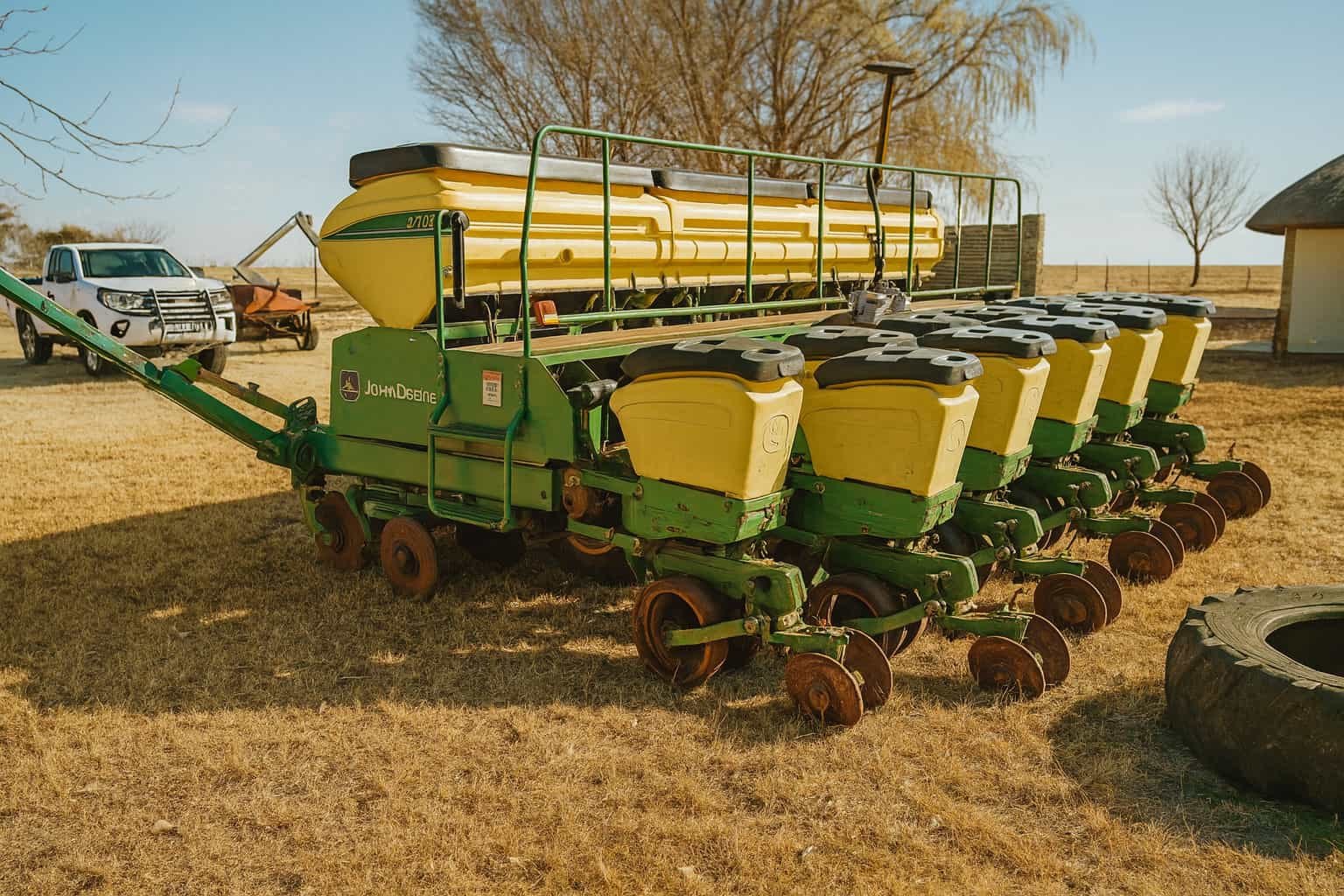
Key Disadvantages of No-Till Planter
- Soil Compaction: No-till farming often results in soil compaction, especially in wet conditions, which can hinder root growth and water infiltration.
- Increased Herbicide Use: Without tilling, weed control relies more on herbicides, leading to higher chemical input and potential environmental concerns.
- High Initial Costs: The equipment for no-till farming can be expensive to purchase and maintain, posing a barrier for many farmers.
- Pest and Disease Management: Crop residues left on the surface can harbor pests and diseases, requiring more stringent management practices.
- Learning Curve: Farmers may need time to adapt to no-till methods and understand the specific requirements for their crops and soil types.
Understanding these disadvantages helps in making informed decisions about adopting no-till farming practices.
What is an advantage to using No-Till Planter?
Using a no-till planter significantly improves soil health by reducing erosion and maintaining soil structure. This method promotes sustainable farming practices, leading to better long-term productivity.
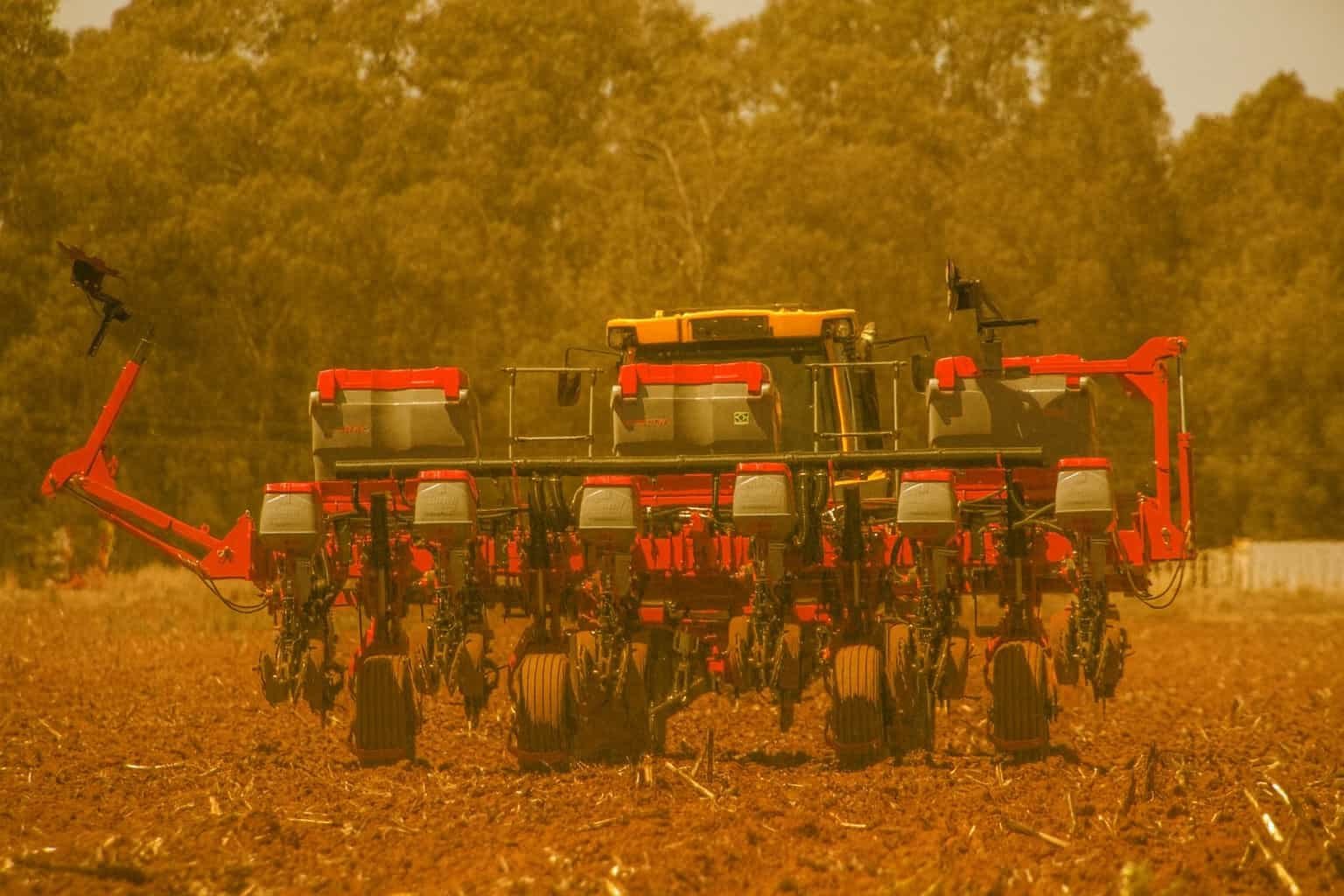
Benefits of No-Till Planter
- Soil Health: No-till planting preserves soil structure and organic matter, enhancing microbial activity.
- Reduced Erosion: Minimizes soil displacement, preventing nutrient loss and maintaining soil fertility.
- Water Retention: Improves water infiltration and retention, reducing the need for irrigation.
- Cost Efficiency: Lowers fuel and labor costs by eliminating the need for tilling.
How It Works
- Residue Management: Crop residues from previous harvests cover the soil, protecting it.
- Direct Planting: Seeds are planted directly into the undisturbed soil using specialized equipment.
- Minimal Soil Disturbance: Maintains soil integrity, promoting natural processes.
Adopting no-till planting can lead to more resilient agricultural systems and sustainable crop production.
What is better, till or no-till?
No-till farming is generally considered better for soil health and sustainability. It reduces soil erosion, improves water retention, and enhances biodiversity, making it a more sustainable agricultural practice.
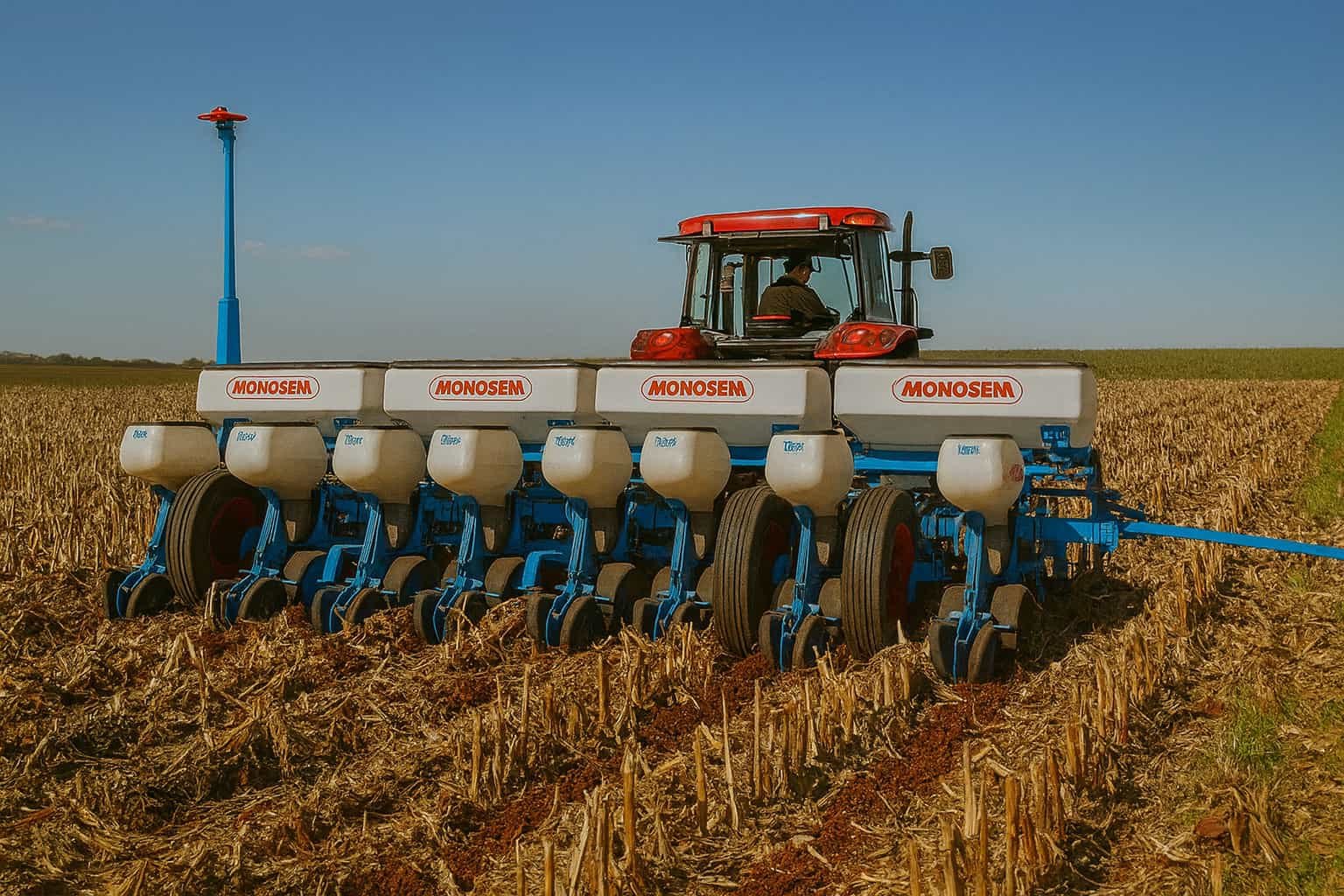
Benefits of No-Till Farming:
- Soil Health: Reduces erosion and maintains soil structure.
- Water Retention: Improves infiltration and reduces runoff.
- Biodiversity: Increases organic matter and promotes beneficial organisms.
- Carbon Sequestration: Helps in storing carbon in the soil, reducing greenhouse gases.
Downsides of Tilling:
- Soil Erosion: Disturbs soil structure, leading to erosion.
- Water Loss: Increases runoff and reduces water retention.
- Organic Matter Loss: Decreases soil organic matter and disrupts microbial communities.
Conclusion:
While both methods have their specific applications, no-till farming offers more long-term environmental and soil health benefits compared to traditional tilling practices.

